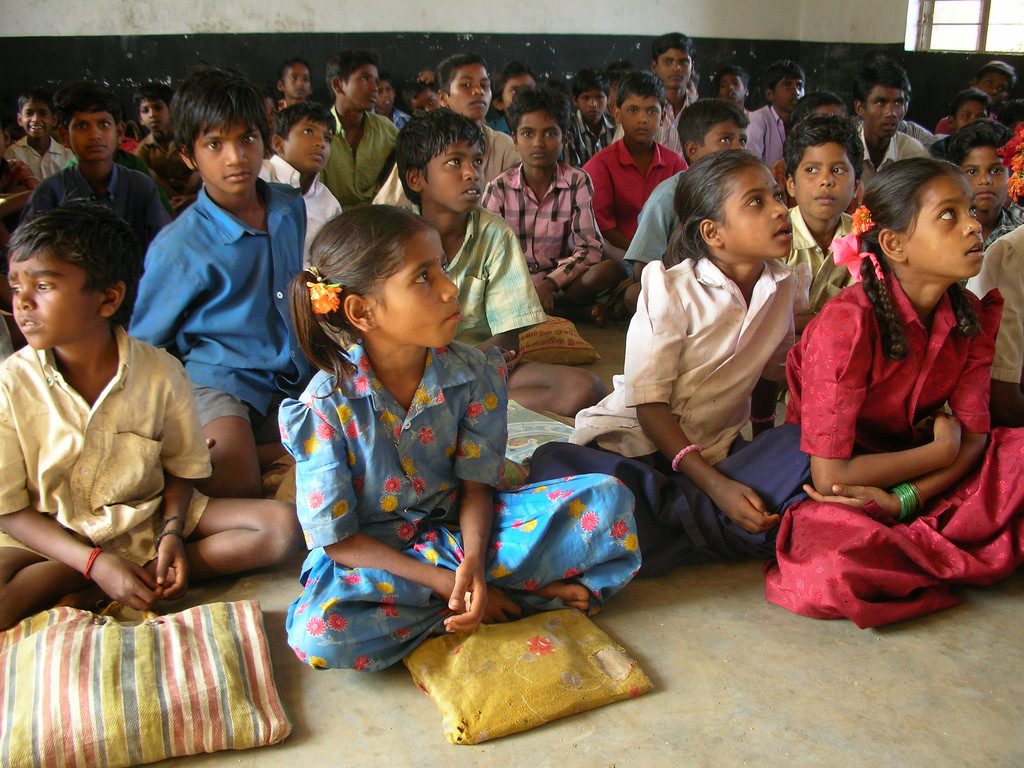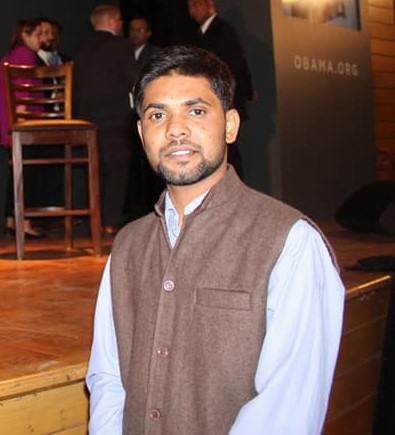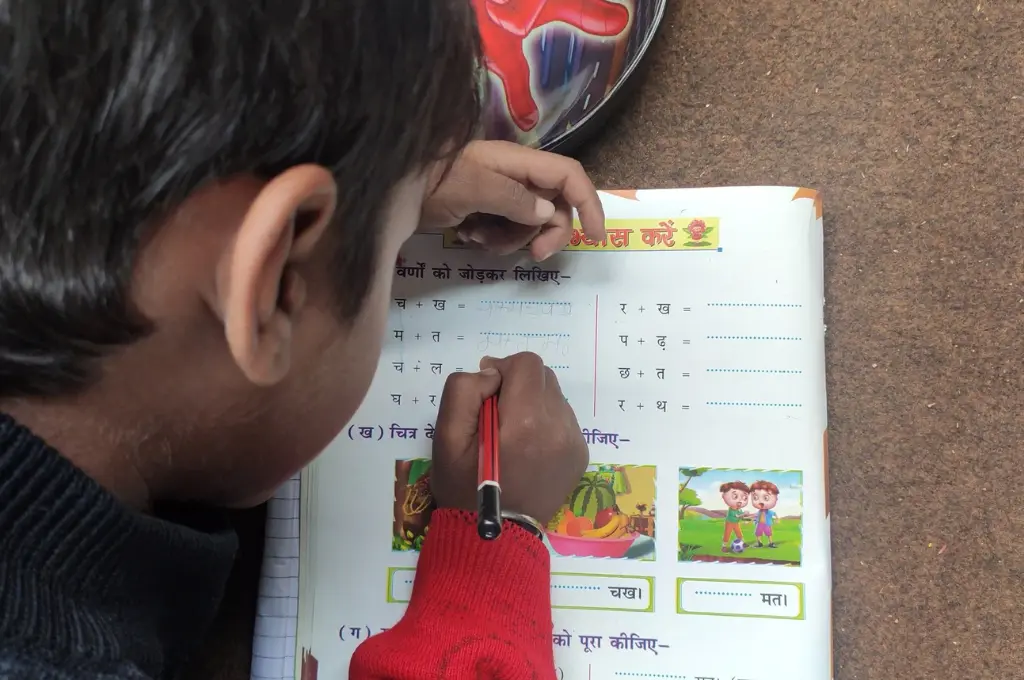The ASER report paints a grim picture of what is (not) happening in Bihar’s schools. Only around 24% percent of children in Class III can read a Class II text. A little more than half the enrolled children are present on any given day. More than half of the children in government schools take private tuition. Something is seriously wrong.
Yet, the media’s coverage of the ASER report conjures a binary that does not exist. The tables show absolute learning levels of children in governmental vs private schools–and they show a big gap.
For instance, the ability of Class III children to read a Class II text is very different depending on the type of school: in government schools, the figure is as low as 12%, in private schools it is 62%. Many commentators jump to conclusions and decry the state of public education (rightly so), but they make a fundamental analytical mistake. This builds to a misleading narrative, fueling a privatisation trend that is counterproductive to solving the learning crisis.
To avoid jargon, let us draw up an analogy: imagine a report on the performance of banks. The increase in wealth per customer is compared. On one side is an upmarket private bank; on the other is a rural co-operative bank. The average wealth increase in the private bank is Rs 1 lakh. In the rural co-operative bank, it is a meagre Rs 400.
It would be a fallacy to assume that if everybody opened an account with a private bank, they would become rich. The wealth to begin with, for example, was much higher in one group. An increase of Rs 1 lakh for someone valued at Rs 10 crore might still be below inflation. A Rs 400 increase over a starting balance of Rs 5,000, however, would be quite impressive.

Look at “value-added” for similar children
What we really care about is the “value added” for similar wealth in different banks (like an interest rate). The same applies to schools. The report should highlight the “value added” for similar children.
The report should highlight the “value added” for similar children.
Children in government and private schools are different: So different that the entire gap between government and private schools can in many states be explained only by students’ family backgrounds, not the value added by the school. This was pointed out by the director of the ASER Centre in their 2014 report.
The 2018 ASER report also shows, for instance, that private tuition patterns differ between children attending government and private schools. Private school children receive more expensive tuition.
Even so, learning levels in private schools are far from satisfactory. Almost four in ten Class III children in private schools cannot read a Class II text, even though they come from an environment much more susceptible to education.
The problem with the presentation of the ASER report is its impact on the public and parents. It sends a signal to ‘exit’ (using the terms of the eminent economist Albert Hirschman) government schools. When an organisation has collapsed too far, people exit. There remains no hope for repair.
Yet, as the example above shows, this is based on an illusion. Putting children into a private school does not work magic. In many states, it has zero effect. Parents need to know this.
If the ASER report provides the “value added” for similar children by school type, it would be a more useful guiding signal for parents.
The 2014 ASER analysis revealed that in some states, government schools perform worse on average than private schools; in others there is no difference and in still others, government schools perform better. The gap between government and private schools should seem much less dramatic, and there should be no illusions of an easy exit to improved learning.
Is everything great?
Do we mean that everything is great? Not at all. Learning levels are far too low. The ASER data are valid, but their presentation does little to either guide reforms or help parents navigate educational opportunities.
The problem with the presentation of the ASER report is its impact on the public and parents. It sends a signal to ‘exit’ government schools.
A closer analysis of the ASER data reveals that there are no silver bullets. Privatising schools has not solved the learning crisis. Some attack the infrastructure norms of the RTE Act for the learning crisis. This is absurd. The right of a girl to have a toilet and the right of a disabled child to have a ramp does not lower learning levels.
India is a middle-income country. There is no reason to question such fundamentally basic infrastructure in schools. Such a discussion, as fueled by the NITI Aayog and recently echoed by an eminent group of economists, is hidebound. We need visions for the future, not a relapse into the last century.
Special interest groups want to open school-shops in every backyard. But the clear majority (around 70% of upper-primary school children in Bihar) already visit such “grassroot”, “innovative” and “unregulated” institutes–it is called private tuition. The learning crisis and the boom in private tuition correlate. We do not imply causation. But we do also reject claims of causation in the opposite direction, that is from unregulated private institutes to improved learning.

Where do we go from here?
We need a sober view of the education sector and to accept a few evident truths. There are no silver bullets. We have to get beyond this idea.
We must also go beyond the dichotomy of ‘private is good’ and ‘public is bad’–all our schools are in a learning crisis.
Technology, too, is no silver bullet. We must also go beyond the dichotomy of ‘private is good’ and ‘public is bad’. All our schools (apart from those catering to the 1%) are in a learning crisis. India will have millions of children entering the labor market in the next decade. They require more than simple numeracy and literacy. The quest for privatisation and technology is understandable, but does not work.
Instead we will have to think about truly homegrown reforms, specific to different states. Bihar has a different human capital stock than Kerala. Its schools are different from those in Delhi. The households of Bihar differ from those in Goa. We need tailored solutions, which will not work without deep reforms of governance.
We need to digitise administration. We need to speed up infrastructure provision. Studies show that files for the renovation of a school building go on a two-year journey through various departments. We can simply replace this with an IT-based single-window system. It will free up time to focus on teaching.
We will have to think about truly homegrown reforms, specific to different states.
Teacher education will not work without turning around our DIETs. Distance courses are not a silver bullet. We need proper staff and more capacity at the block and district level. We need to find a new balance between discretion and rules. We need to fight corruption but allow innovation. We need a clear career path for teachers, and salaries on time. They must teach and be capable of teaching–and in return, their workplaces must be well-equipped, and they must be supported.
Media, too, must play its part. It has become popular to publicly shame teachers on TV. But that only undermines a crucial element of any education system: trust. It does not solve any of the issues that led to this situation. We need to steer all actors towards the goal of learning.
We are absolutely in favor of transparency. That is why we welcome ASER’s efforts. Pratham’s work is crucial. It points to a real crisis in our schools. But the data should be presented to accurately inform public debate and guide reform efforts.
Finally, let us not give up on government schools. The situation is grim, but there is hope. It is not too late for India, or for Bihar, to strive for a strong public education system that equips our children with the competencies they need in the 21st century.
This article was originally published on The Wire. You can read it here.






